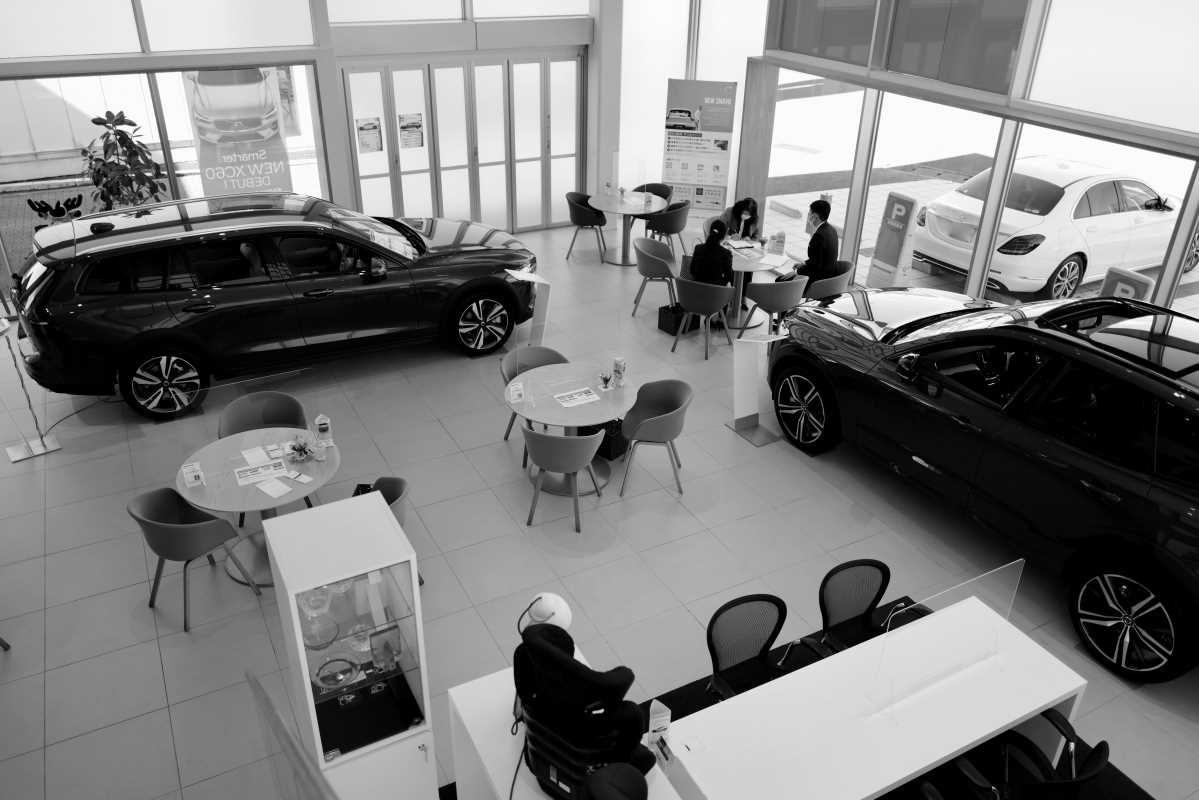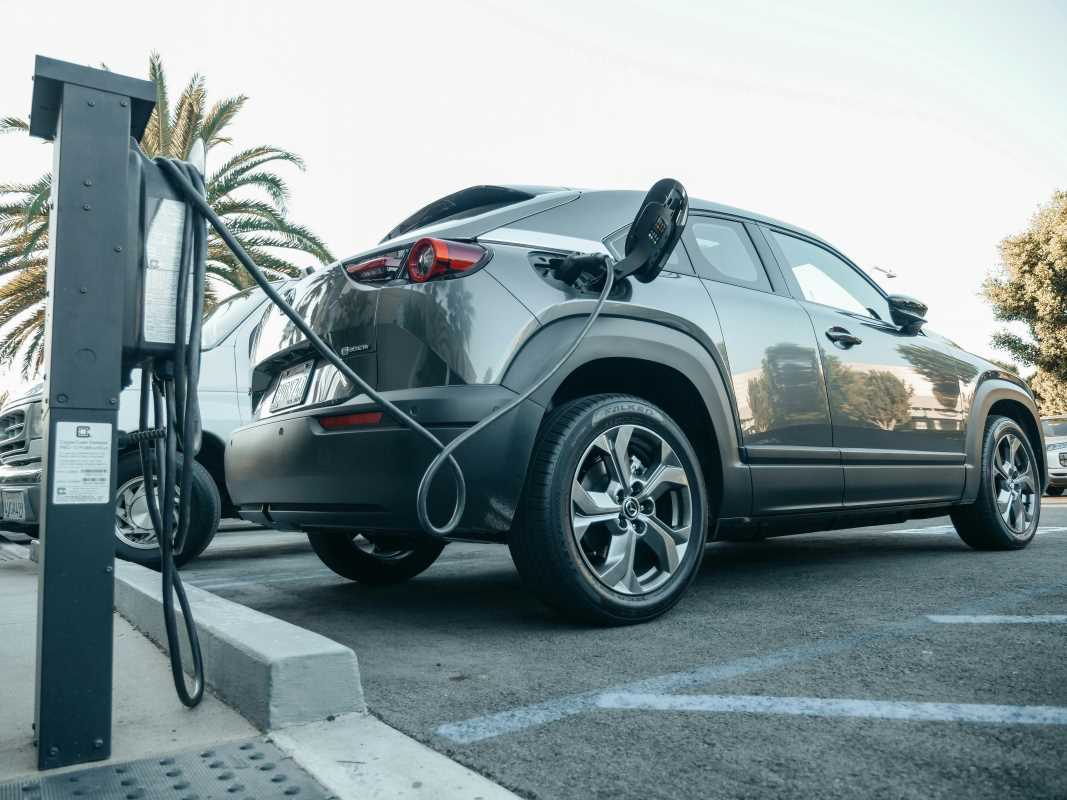Walking into a car dealership is like stepping onto a chessboard. You’re the king or queen plotting your next move, while the salesperson is the experienced player sizing you up. But don’t worry, negotiating doesn’t have to feel like a tense face-off. With the right strategies in your pocket, you can walk away with the car you want at a price that doesn’t make your jaw drop.
Haggling skills aren’t limited to flea markets or bazaars; negotiating for a car is an art that anyone can master. Whether you’re buying your first car or upgrading to something new, here’s how to handle yourself like a pro at your local dealership.
Building Your Confidence Before You Shop
Before you even think of stepping onto the lot, preparation is key. Walking into a dealership without knowing the car’s value is like bringing a butter knife to a sword fight. Doing your research arms you with the information you need to confidently counter any number the salesperson throws your way.
Start by checking the market value of the car you’re interested in. Use trusted resources like Kelley Blue Book or Edmunds to determine the average price for that make and model, factoring in mileage, condition, and location. Knowing the fair market value gives you a clear frame of reference when negotiations begin.
It’s also helpful to have your financing in place before heading to the dealership. Getting pre-approved for a loan through your bank or credit union not only ensures you secure competitive rates but also sets a firm budget. Pre-approval gives you leverage by demonstrating you’ve done your homework and have options outside the dealership’s financing.
Mastering the First Impression
If you want to negotiate like a pro, your demeanor matters as much as your numbers. The way you present yourself can set the tone for the rest of the interaction. Confidence and composure are the names of the game.
When you walk in, treat the situation like a business deal. Be polite and professional, but avoid revealing too much about your intentions right away. For instance, don’t gush about how much you’ve fallen in love with the car. The more enthusiastic you seem, the harder it becomes to negotiate from a position of strength.
Keep your cool and ask tactical questions. Use phrases like, “What can you tell me about the vehicle’s pricing flexibility?” or “Is there room to work on the price?” This signals that you’re serious without tipping your hand too much. Negotiating isn’t about being adversarial; it’s about being strategic.
Timing It Right for Better Deals
You’ve probably heard that timing is everything, but this advice is especially relevant when shopping for a car. Dealers are often more willing to negotiate under certain conditions. Knowing when to shop can make a big difference in your final deal.
Weekdays tend to be quieter at dealerships compared to weekends, which means salespeople may have more time to focus on you and craft a deal. The end of the month and the end of the quarter are also prime opportunities, as dealerships are often trying to hit sales quotas during these periods.
Additionally, consider shopping toward the end of the calendar year. Holiday sales and year-end promotions happen as dealerships clear out old inventory to make room for new models. Simply put, the more pressure they feel to sell, the more room you may have to negotiate.
Focusing on the Big Picture
It’s easy to get caught up in the monthly payment trap, but don’t fall for it. Salespeople often lead with monthly payment figures because they can manipulate the math to make the numbers sound appealing, even if the overall deal isn’t great.
Instead, keep your focus on the out-the-door price. This is the total amount you’ll pay, including taxes, fees, and add-ons. Breaking it down this way ensures transparency and prevents any hidden surprises from sneaking into the deal. Be direct about asking for a detailed breakdown of the costs.
Speaking of add-ons, carefully consider what’s being thrown into the mix. Extras like extended warranties, paint protection, or tire packages are often upsells designed to pad the dealership’s profit. If you don’t need them, don’t feel obligated to include them in your deal.
Knowing When to Speak, and When to Walk
Negotiating isn’t just about what you say; it’s also about when you say it. Patience is a powerful ally, so be willing to sit through a little back-and-forth without rushing into a decision. If the first offer isn’t great (and spoiler alert, it rarely is), use silence as a tool. Sometimes simply pausing after an offer can prompt the salesperson to fill the silence with concessions or adjustments.
But here’s the thing few people realize about negotiating at a dealership: you’re in the driver’s seat. If the numbers aren’t where you need them to be, don’t be afraid to walk away. Politely but firmly thank them for their time and explain that the deal isn’t working for you. Nothing motivates a dealership to budge more than the sight of a ready-to-buy customer heading for the door.
Walking away doesn’t always mean the deal is off forever. If they’re serious about moving inventory, don’t be surprised if you get a call offering better terms shortly after.
Essential Negotiation Tips for Winning the Deal
Keep these pointers in mind to sharpen your negotiation game:
- Always negotiate the price first: Focus on lowering the cost of the car itself before discussing financing or trade-ins.
- Bring competition into the picture: Mentioning better deals from nearby dealerships can encourage them to match or beat the offer.
- Check for hidden costs: Verify all fees and taxes included in the out-the-door price to prevent surprises.
- Know your leverage: If demand for a particular model is low, you’re in a stronger position to negotiate.
- Be polite but firm: Confidence and respect go hand-in-hand during negotiations. No one likes to deal with a combative buyer.
Understanding Trade-Ins and How to Leverage Them
If you’re trading in your current vehicle, you’ve got another card to play at the bargaining table. Before heading to the dealership, get your car appraised to understand its market value. Online tools like Kelley Blue Book or Carvana can help you gauge an accurate range.
When you’re at the dealership, keep discussions about the trade-in separate from the negotiation on your new car. Combining the two can lead to confusion and make it harder to tell if you’re getting a fair deal on either. Negotiate each transaction independently for the best outcome.
Balancing Value and Emotion
Buying a car can feel deeply personal, but it’s important to keep emotions in check. Falling hard for a specific make or model can cloud your judgment, making it harder to stay firm during negotiations. Loving the car is fine; just don’t love it so much that your poker face breaks.
Focus on balancing your excitement with practicality. At the end of the day, this is a financial decision, and treating it that way protects your wallet from impulse-driven decisions. Stick to your budget, weigh the numbers, and make peace with walking away if necessary. There will always be other cars (and other deals) waiting.







